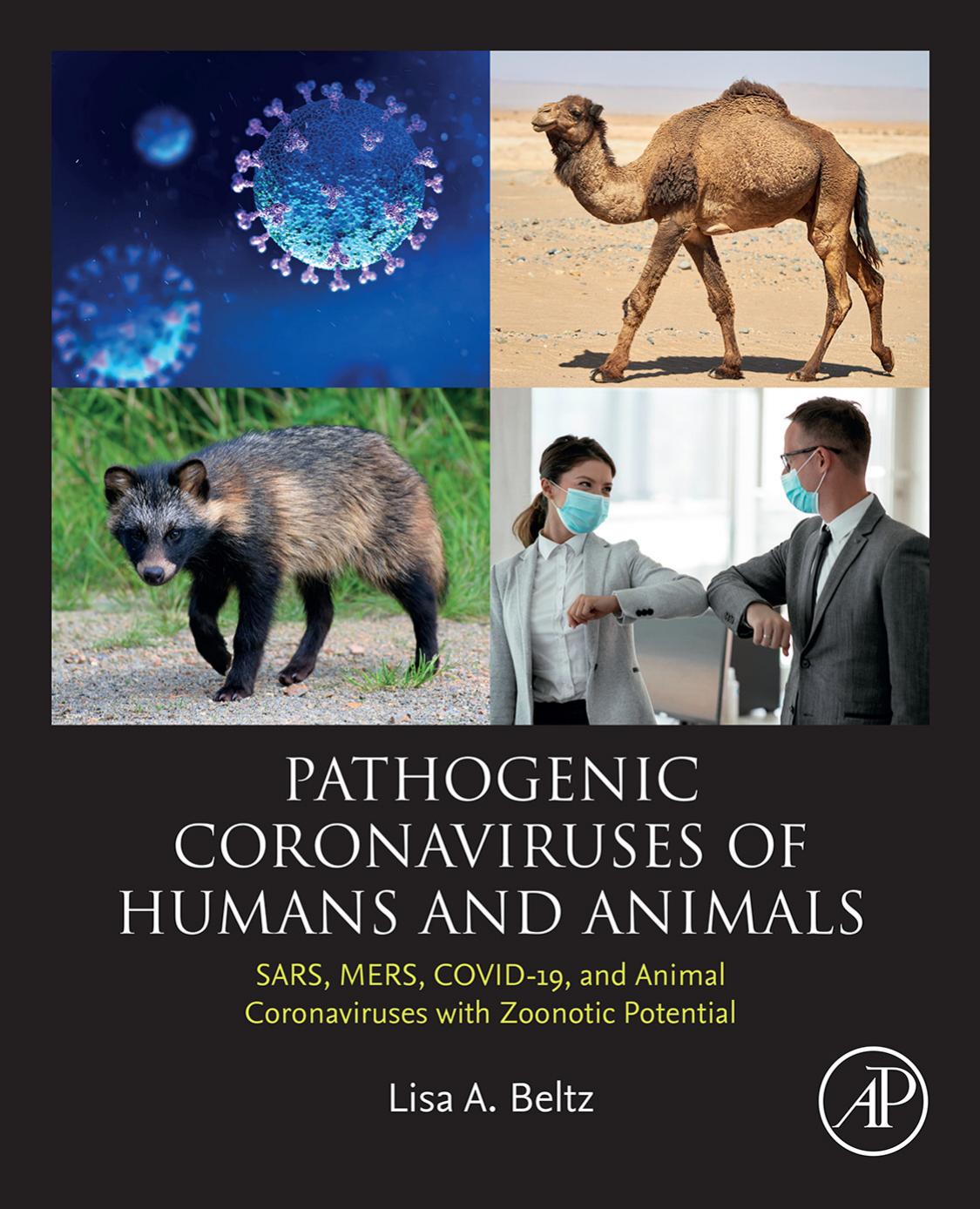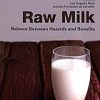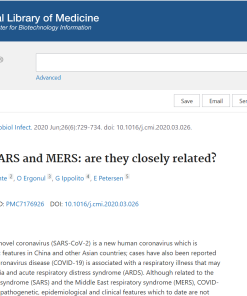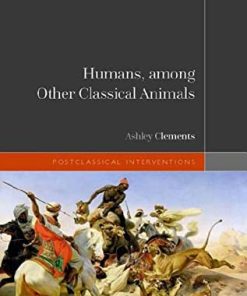Pathogenic Coronaviruses of Humans and Animals: SARS, MERS, COVID-19, and Animal Coronaviruses with Zoonotic Potential Lisa A. Beltz
$50.00 Original price was: $50.00.$25.00Current price is: $25.00.
Pathogenic Coronaviruses of Humans and Animals: SARS, MERS, COVID-19, and Animal Coronaviruses with Zoonotic Potential Lisa A. Beltz – Ebook Instant Download/Delivery ISBN(s): 9780323988094,0323988091,9780323972789,0323972780

Product details:
- ISBN 10: 0323972780
- ISBN 13: 9780323972789
- Author: Lisa A. Beltz
Pathogenic Coronaviruses of Humans and Animals: SARS, MERS, COVID-19, and Animal Coronaviruses with Zoonotic Potential provides relevant information about common human coronaviruses that may mutate to increase their virulence. The addition of animal coronaviruses allows awareness of not only the potential of zoonotic transmission of coronaviruses from wild animals such as bats and rodents, but also from domestic agricultural and companion animals. The book opens with an introductory chapter on viruses, the immune system, coronaviruses, and their classifications, prevention and protection. Sections also cover history, disease, causative virus, immune response, diagnosis, treatment, prevention and surveillance.
The book’s remaining chapters discuss coronaviruses with possible zoonotic transmission of domestic, semi-domestic animals and companion animals. It concludes with future perspectives of coronavirus mutations, modeling, protective measures and a discussion around pandemics and infectious diseases from around the globe.
Table contents:
Chapter 1. Introduction
1.1 Of viruses and men
1.2 A brief introduction to viruses
1.3 A brief introduction to the immune system
1.4 Introduction to coronaviruses
1.5 Coronaviruses and disease
1.6 Categories of coronaviruses
1.7 Treatment of coronavirus diseases
1.8 Prevention of coronavirus infection
Chapter 2. Severe acute respiratory syndrome (SARS)
2.1 Introduction
2.2 The history of severe acute respiratory syndrome
2.3 Severe acute respiratory syndrome—the disease
2.4 The causative virus
2.5 The immune response
2.6 Treatment options
2.7 Diagnosis
2.8 Prevention
2.9 Surveillance
Chapter 3. Middle Eastern respiratory syndrome
3.1 Introduction to Middle Eastern respiratory syndrome and Middle Eastern respiratory syndrome coronavirus
3.2 The history
3.3 The disease
3.4 The causative virus
3.5 Animal hosts of Middle Eastern respiratory syndrome-coronavirus
3.6 The immune response
3.7 Diagnosis
3.8 Treatment
3.9 Traditional medicinal compounds
3.10 Prevention
Chapter 4. COVID-19
4.1 Introduction
4.2 History
4.3 The disease
4.4 The causative virus
4.5 The immune response
4.6 Diagnosis and surveillance
4.7 Treatment
4.8 COVID-19, micronutrients, and vitamin D
4.9 Prevention
Chapter 5. Coronaviruses of wild and semidomesticated animals with the potential for zoonotic transmission
5.1 Introduction
5.2 Transmission of coronaviruses
5.3 Coronaviruses of bats
5.4 Coronaviruses of rodents
5.5 Rat coronavirus
5.6 Coronaviruses of nonhuman primates
5.7 Coronaviruses of ferrets and minks
5.8 Coronaviruses of rabbits
5.9 Coronaviruses of other wild or semidomesticated mammals
Chapter 6. Coronaviruses of agricultural and companion animals with the potential for zoonotic transmission
6.1 Introduction
6.2 Bovine coronavirus and its enteric and respiratory forms
6.3 Coronaviruses of dromedaries, llamas, and alpacas
6.4 Coronaviruses of swine
6.5 Coronavirus of horses
6.6 Coronaviruses of sheep
6.7 Coronaviruses of companion animals
6.8 Brief overview of domestic avian coronaviruses
Chapter 7. Pulling it all together: where do we go from here
7.1 Coronaviruses—friends and family
7.2 Zoonotic transmission of coronaviruses
7.3 Possible ways to predict and prevent future epidemics and pandemics
7.4 Factors driving zoonotic transmission
7.5 The continuing threat of emerging infectious diseases
7.6 Infectious diseases and the developing world
7.7 Author’s note (March 2022)
People also search:
pathogenic animals
coronaviruses can infect animals and humans
pathogen of coronavirus
a pathogenic microorganism can cause
a pathogen
a pathogenic microorganism
You may also like…
Uncategorized
Recurrence of positive SARS CoV 2 RNA in COVID 19 A case report 1st edition by Dabiao Chen
Politics & Philosophy - Anthropology
Humans, among Other Classical Animals 1st edition by Ashley Clements 0192668684 9780192668684
Politics & Philosophy - International Relations








